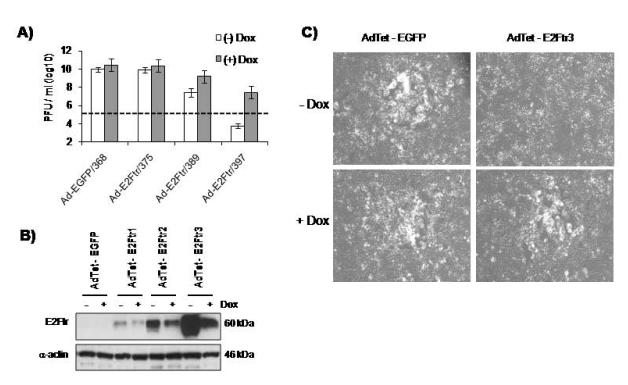Figure 3. Effect of E2Ftr expresssion on Ad yield and lytic plaque formation.
HEK-293 cells in either the absence or presence of Dox (1μg/ml) were infected with AdTet-EGFP, AdTet-E2Ftr1, AdTet-E2Ftr2, or AdTet-E2Ftr3 at a MOI of 5. After 72 hours, cells were harvested and divided in two samples; one sample was used to conduct Western Blot analysis and the second sample was used to determine virus titers. (A) For Western blot, a mAb mouse-antihuman E2F-1 was used to detect E2Ftr. α-Actin was used to demonstrate equal loading for each lane. (B) For virus titering, cultures were collected at 72 hours after infection and went through three cycles of freezing and thawing to release viruses from the cells. Lysates were serially diluted to determine the titers in HEK-293 cells. The dashed line shows the level of viruses added in the cultures. Each point represents the mean of three independent experiments ± standard deviation (SD; bars). C) HEK-293 cells were cultured in presence or absence of Dox (1 μg/ml) and infected with AdTet-EGFP or AdTet-E2Ftr3 at a MOI of 5; a standard plaque assay was performed to assess formation of lytic plaques. A representative experiment is shown from three performed.

